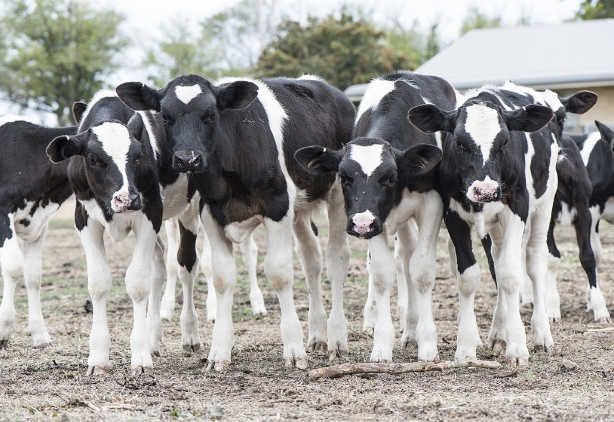Livestock Risk Protection
Producers invest a lot into their herd. Livestock Risk Protection (LRP) allows them to protect that investment. With coverage available for a variety breeds and weight classes, LRP provides producers with flexible protection against price declines for calves, steers, heifers and more.

What are Prices Based On?
The expected cattle prices used to determine coverage prices for LRP are based on the daily settlement of CME futures (Live Cattle and Feeder Cattle). Fed Cattle coverage settles to the USDA-reported cash price. Settlement prices for Feeder Cattle are determined by the CME national cash price index.
What Types of Cattle Can Be Insured?
Fed Cattle
Cattle weighing between 1,000 and 1,600 pounds
Feeder Cattle
(less than 600 pounds)
- Steers
- Bulls
- Heifers
- Predominately Brahman
- Predominately Dairy
- Unborn Steers and Heifers
- Unborn Dairy
- Unborn Brahman
Fed CaFeeder Cattle
(more than 600 pounds)
- Steers
- Heifers
- Predominately Brahman
- Predominately Dairy
The 5 LRPCoverage Decisions
1. Cattle Type
Fed or Feeder Cattle. Various breeds and weights available for Feeder Cattle
2. Head Count
Number of cattle you would like covered.
3. Targeted Marketing Weight
The weight at which you intend to sell the cattle.
4. Coverage Length
The time frame which you in intend to sell the cattle.
5. Coverage Level
Percent of the expected value of the cattle you would like covered.
How Are Losses Calculated?
Covered Price
Expected Cattle Price x Coverage Level = Covered Price
Actual Price
Fed Cattle: USDA-Reported Cash Price = Actual Price
Feeder Cattle: CME National Cash Price Index x Adjustments for Breed = Actual Price
Loss Determination
Covered Price > Actual Price = Loss
Covered Price < Actual Price = No Loss
Loss Amount
Covered Price – Actual Price = Loss Amount